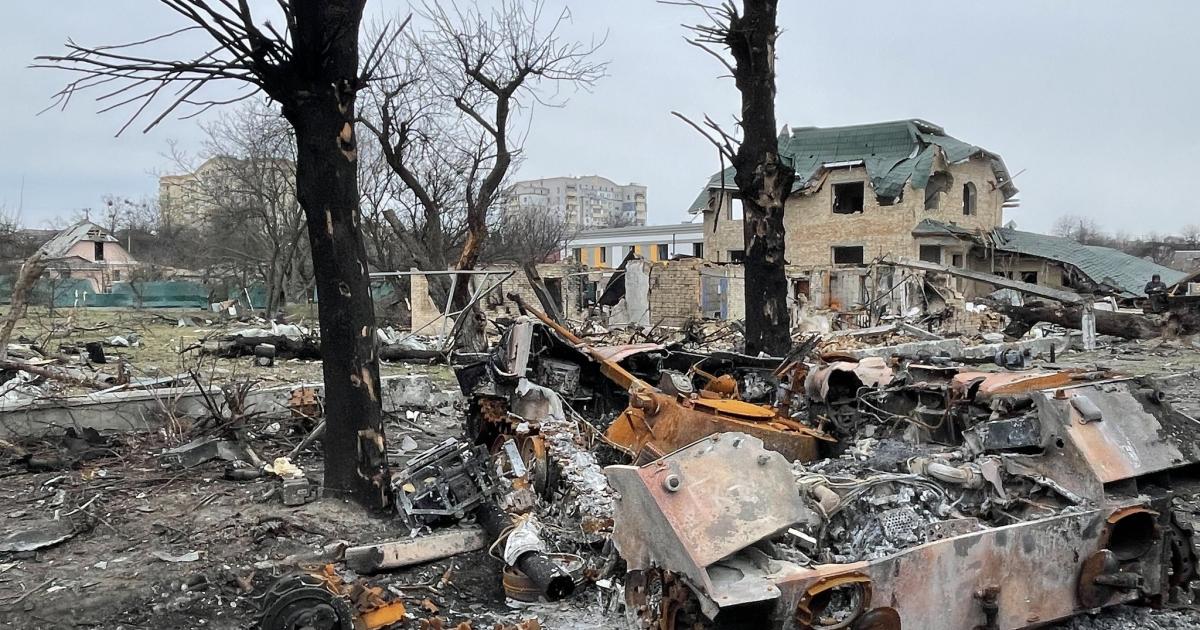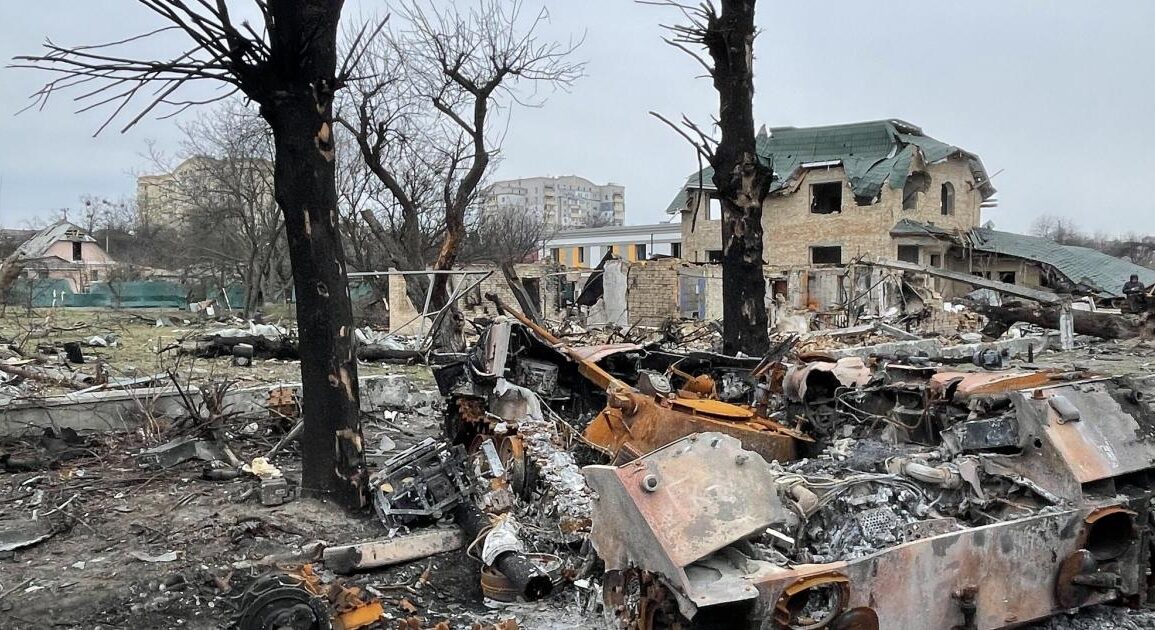
A surge in climate emissions from the war in Ukraine could cost Russia billions of dollars in additional reparations, according to carbon tracking experts and the Ukrainian government.
Billions of litres of fuel used by military vehicles, nearly a million hectares of fields and forests set ablaze, hundreds of oil and gas structures blown up and vast amounts of steel and cement used to fortify hundreds of miles of front lines – the emissions from two years of invasion add up to roughly 175 million tonnes of carbon dioxide, according to the most comprehensive such study of any war to date.
The emissions are equivalent to the annual use of 90 million cars. On balance, the invasion has been a net hit to the climate, with a weakened Ukrainian economy being more than offset by conflict emissions, people and production displaced to other countries and military spending surging globally, say the report authors from the Initiative on Greenhouse Gas Accounting of War (IGGAW).
Using the latest peer-reviewed methodology to put a cost to each tonne of carbon emitted, the Russian Federation faces a USD 32 billion climate reparations bill from its first 24 months of war, it estimates.
To overcome the scarcity of data from wartime secrecy, physical danger and displaced experts, the IGGAW, an association of carbon accounting experts funded by Western governments and foundations, relied heavily on satellite data, governmental information, scientific studies and open-source intelligence, interviews with experts and industry reports, among other information.
War emissions
Around a third of the war emissions come from military activity, especially fuel used by Russian vehicles, the single greatest source of climate emissions amounting to some 35 million tonnes of carbon dioxide equivalent (MtCO2e), the analysis found.
Around another third is attributed to the huge quantities of steel and concrete that has and will be needed for Ukrainian reconstruction following extensive damage to the country.
Another roughly one third is caused by wartime fires, the rerouting of commercial planes, strikes on energy infrastructure and the movement of nearly seven million Ukrainian refugees and Russian refuseniks.
Intensity
The size and intensity of fires has increased significantly since the invasion, on both sides of the frontline. The researchers developed the first ever manual attribution process of linking fires to military causes, which suggested that scorched fields and smashed forests are responsible for nearly 23 MtCO2e.
Satellite images reveal that some 27,000 fires have scorched nearly a million hectares of land. Nearly three quarters are near the front lines, where fire management infrastructure has been all but abandoned and conditions for responders are treacherous.


